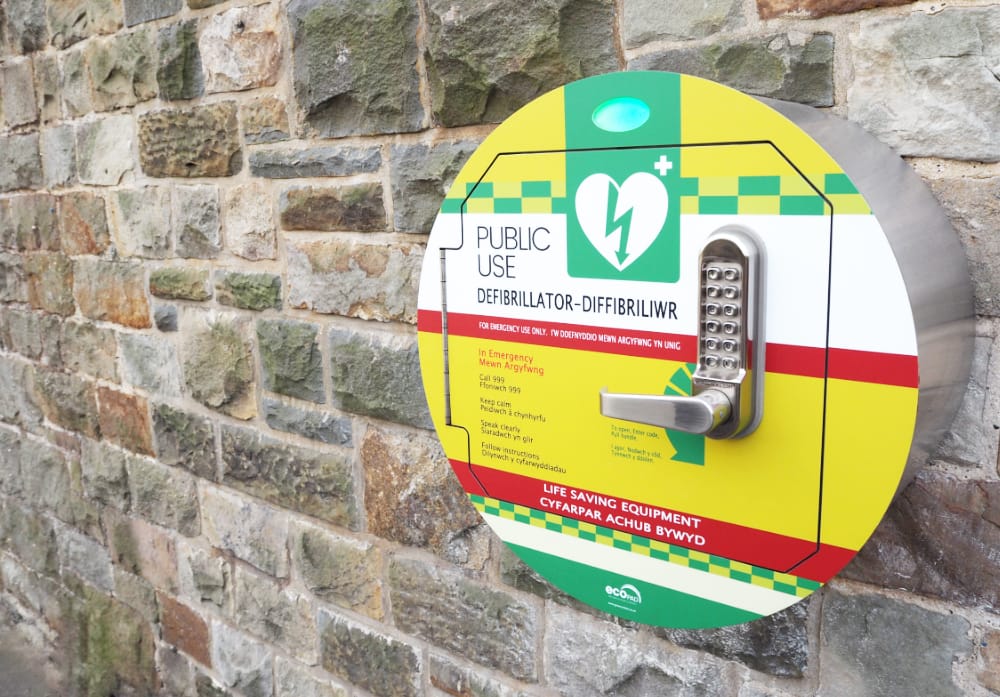Did you know that 2-5% of all children will have a febrile seizure by the time they are 6 years old? Febrile seizures are more common in babies and young children; normally because they are unwell and have an increasing body temperature. The speed at which the body temperature changes can act as a trigger for a febrile seizure/convulsion. Although very common, most children grow out of febrile convulsions by the time they are 6 years old. It is extremely rare for febrile convulsions to be life-threatening or cause long-term problems, however they can be incredibly frightening for anyone caring for the child when one occurs.
What is a Seizure?
A seizure is medically defined as a fit or convulsion that occurs when there is a sudden burst of electrical activity in the brain, which temporarily interferes with the normal messaging processes.
Treating a febrile seizure.
The best way to treat a febrile seizure is to cool the baby or child down. Do not actively cool them with water or any other cool products this can make the condition much worse.
MediTec Solutions Step by Step Guide:
To reduce their temperature (prior to a febrile seizure or convulsion):
- Remove excess clothing. – this will help them cool down and prevent a febrile seizure.
- Keep them hydrated by giving them plenty to drink.
- If they are feeling unwell dependent on their age give them paracetamol or Calpol or similar liquid based paracetamol for infants to relieve the symptoms. Paracetamol works in two ways; it reduces their temperature and relieves any pain they may be experiencing.
If the child starts to fit/convulse:
- Note the time – this is important so you know how long the seizure has lasted.
- Maintain their safety – this can be done by protecting them using pillows to prevent any head injuries or use rolled up blankets, remove any sharp or potential hazards away from the surrounding area of the child.
- Do not restrain them at any time.
- Protect their dignity and talk to them calmly (in some cases they can still hear you).
- Loosen any tight clothes.
- For babies remove their clothes leaving them in their nappy.
Do not try to pick them up or restrain them during their seizure. Do not put anything in their mouth whilst they are fitting. Whilst they are fitting/convulsing it is quite possible that they may bite their tongue or lips. There is nothing you can do until the fitting/convulsion has finished. Once finished if they have bitten their lips, apply a dressing to help the lips clot. Try and get the child to spit the blood out, if they swallow large amounts of blood this can make them vomit. Most fits and convulsions last about 4 minutes. It is very important that you note how long these episodes last. Whilst the child or baby is in a fitting/convulsion state it is highly likely that they will start to turn blue. This is because they have stopped breathing or their airway has temporarily become blocked. However, once the fit has stopped they should start breathing again, make sure you check continually and are ready to give CPR if necessary.
When the fitting/seizure has finished it is likely the child/baby will feel confused and act drowsy. This is perfectly normal, they will feel as if they have run a marathon. Let them rest, but note how long they are in this state. If they are unresponsive, put them into the recovery position and don’t forget to monitor their breathing.
Phone for an ambulance if:
- It is their first febrile seizure.
- The febrile seizure lasts more than 5 minutes (most convulsions stop after 4 minutes).
- They have another febrile seizure soon after the first.
- They are injured, head injuries can cause seizures.
- Their breathing does not appear ‘normal’ after the febrile seizure.
- They regularly have seizures and this one is different to their normal seizures.
Never:
- Put your fingers or anything in their mouth to try and prevent them biting their tongue, this could cause serious injury to you and potentially cause the child to choke if they inadvertently swallow what you have put in their mouth.
- Try and move them (unless they are in immediate danger).
- Restrain their movements whilst they are fitting.
- Give them anything to eat or drink until fully recovered.
First Aid Training and more information.
MediTec Solutions provides a vast array of training to suit your needs. Our courses are interactive and fun making learning easy. Send us an email at info@meditecsolutions.co.uk for more information about our courses. Alternatively follow us on Facebook, Instagram,Twitter, or LinkedIn for more information.



